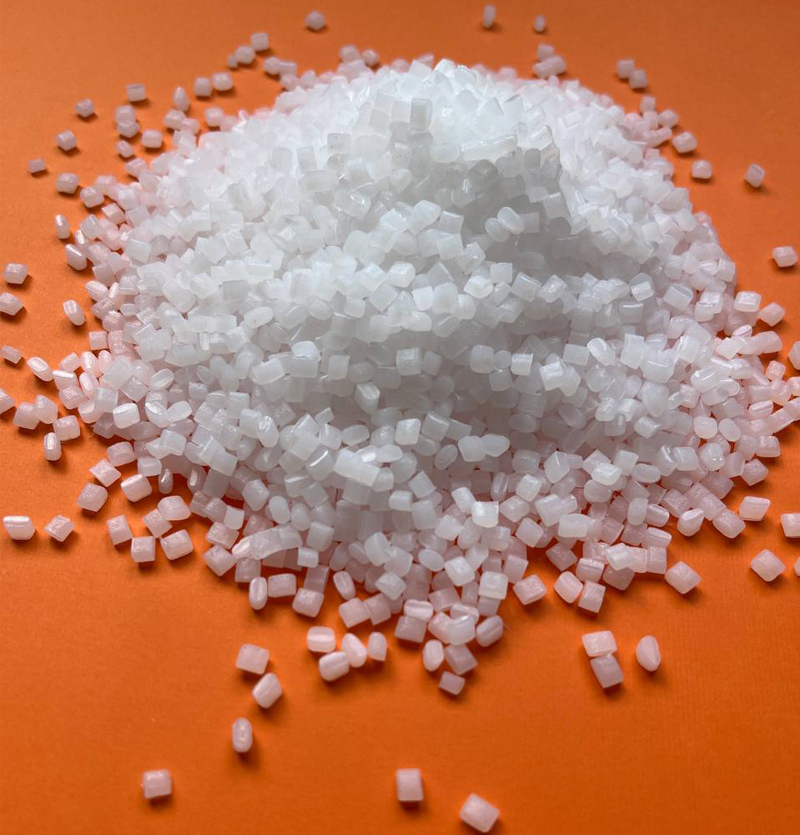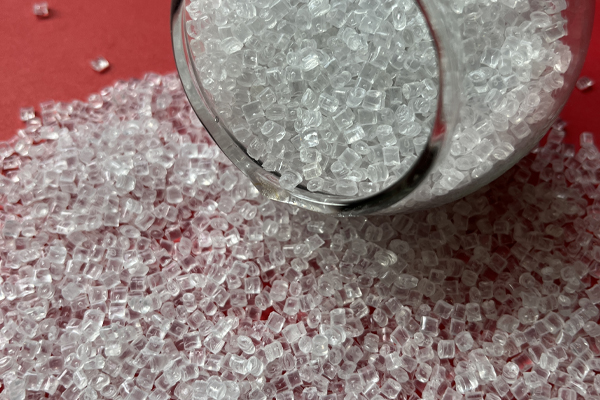?What are polymer raw materials
Polymers are made up of repeating smaller structural units called monomers. Monomers are usually molecules containing carbon, hydrogen, oxygen, nitrogen and sometimes other elements. Monomers can be linked together by various chemical reactions such as polymerization, polycondensation, polyaddition, etc., and create long and diverse chains of polymers. Polymer raw materials include monomers and other auxiliary materials that are used in the process of producing polymers.
Types of polymer raw materials
Polymer raw materials can be divided into two general categories: natural materials and synthetic materials. Natural materials include monomers and polymers obtained from biological sources such as plants, animals, and microorganisms. Synthetic materials include monomers and polymers that are obtained from mineral sources such as oil, gas, and coal, or from the transformation of natural materials. Some examples of polymer raw materials are:
- Natural materials: cellulose, starch, protein, gelatin, casein, chitin, latex, resin, elastin, collagen, etc.
- Synthetic materials: ethylene, propylene, styrene, vinyl chloride, vinyl acetate, acrylic, Teflon, nylon, polyester, polyethylene, polypropylene, polystyrene, polyvinyl chloride, polyvinyl acetate, polyacrylic, etc.
Applications of polymer raw materials
Polymer raw materials are used in various industries such as packaging, medicine, home appliances, automotive, electronics, textile, agriculture, construction, etc. Polymer raw materials can be selected and optimized based on various physical, chemical and mechanical properties such as density, melting point, strength, flexibility, transparency, color fastness, resistance to heat, abrasion, moisture and chemicals. Polymer raw materials can be modified and diversified by adding auxiliary materials such as fillers, softeners, stabilizers, flame retardants, dyes, fibers, etc. Polymer raw materials can be converted into desired shapes and forms by various methods such as extrusion, injection, molding, blowing, film making, spinning, etc.
?What are polyethylene, polypropylene and polystyrene polymers
Polyethylene, polypropylene and polystyrene polymers are synthetic polymers that are obtained from the polymerization reaction of ethylene, propylene and styrene monomers. These polymers are thermoplastic, that is, they have the ability to melt and reshape with a change in temperature. These polymers are among the most important and widely used industrial polymers that are used in many industries and applications
Properties and applications of polyethylene, polypropylene and polystyrene polymers
Polyethylene, polypropylene and polystyrene polymers have different :properties and applications as follows
- Polyethylene: Polyethylene or PE is a simple and cheap polymer obtained from the polymerization of ethylene. Polyethylene has different density, molecular weight and melting point, which are determined based on the conditions of the production process. Polyethylene has properties such as resistance to moisture and chemicals, flexibility, lightness, recyclability and color resistance. Polyethylene is used in various industries such as packaging, piping, containers, boat construction, automobile parts manufacturing, etc.

- Polypropylene: Polypropylene or PP is a resistant and hard polymer obtained from the polymerization of propylene. Polypropylene has properties such as resistance to heat, wear, impact and bending, hardness, lightness, recyclability and colorability. Polypropylene is used in various industries such as packaging, medicine, textile, electronics, automobile parts manufacturing, etc.

- Polystyrene: Polystyrene or PS is a transparent and fragile polymer obtained from the polymerization of styrene. Polystyrene has properties such as transparency, hardness, color acceptability, insulation, formability and low price. Polystyrene is used in various industries such as packaging, home appliances, electronics, toy making, etc.

Polyethylene, polypropylene and polystyrene polymers are synthetic polymers that are obtained from the polymerization reaction of ethylene, propylene and styrene monomers. These polymers are thermoplastic and are used in many industries and applications. These polymers have different properties and applications that are determined based on their structure and chemical composition.
ABS polymer: is a thermoplastic polymer obtained from the polymerization of three monomers: acrylonitrile, butadiene and styrene. This polymer has balanced and suitable properties that are used in many industries and applications. Some features and applications of this polymer can be summarized as follows:
Acrylonitrile
Acrylonitrile increases the chemical and thermal resistance of the polymer and makes ABS resistant to most chemicals and temperatures above 100 degrees Celsius.
butadiene
Butadiene improves the impact resistance and flexibility of the polymer and makes ABS resistant to breakage and cracking.
Styrene
Styrene strengthens the hardness and transparency of the polymer and makes ABS have a smooth and shiny surface and can be painted.
ABS polymer can be converted into various types by changing the ratio of monomers and adding different auxiliary materials. For example, by adding glass fibers, carbon, aramid, etc., the mechanical properties of the polymer can be strengthened. By adding flame retardants such as antimony, bromine, chlorine, etc., its resistance to ignition can be increased. By reducing the amount of butadiene and increasing the amount of styrene, its transparency can be improved. By combining with other polymers such as PVC, PC, SAN, etc., it can be given various properties.
ABS polymer is one of the most widely used plastic raw materials due to its reasonable price as well as balanced mechanical, thermal and chemical properties. This polymer is used in various industries such as packaging, medicine, textile, electronics, car parts manufacturing, toy production, etc.
Conclusion
Polymer raw materials consist of monomers and other auxiliary materials that are linked together by various chemical reactions and create long and diverse chains of polymers. Polymer raw materials can be from natural or synthetic sources and are used in various industries. Polymer raw materials can be selected and optimized based on various properties and converted into desired shapes and forms by various methods.
For more information, you can contact us through the contact page.







Leave Comment